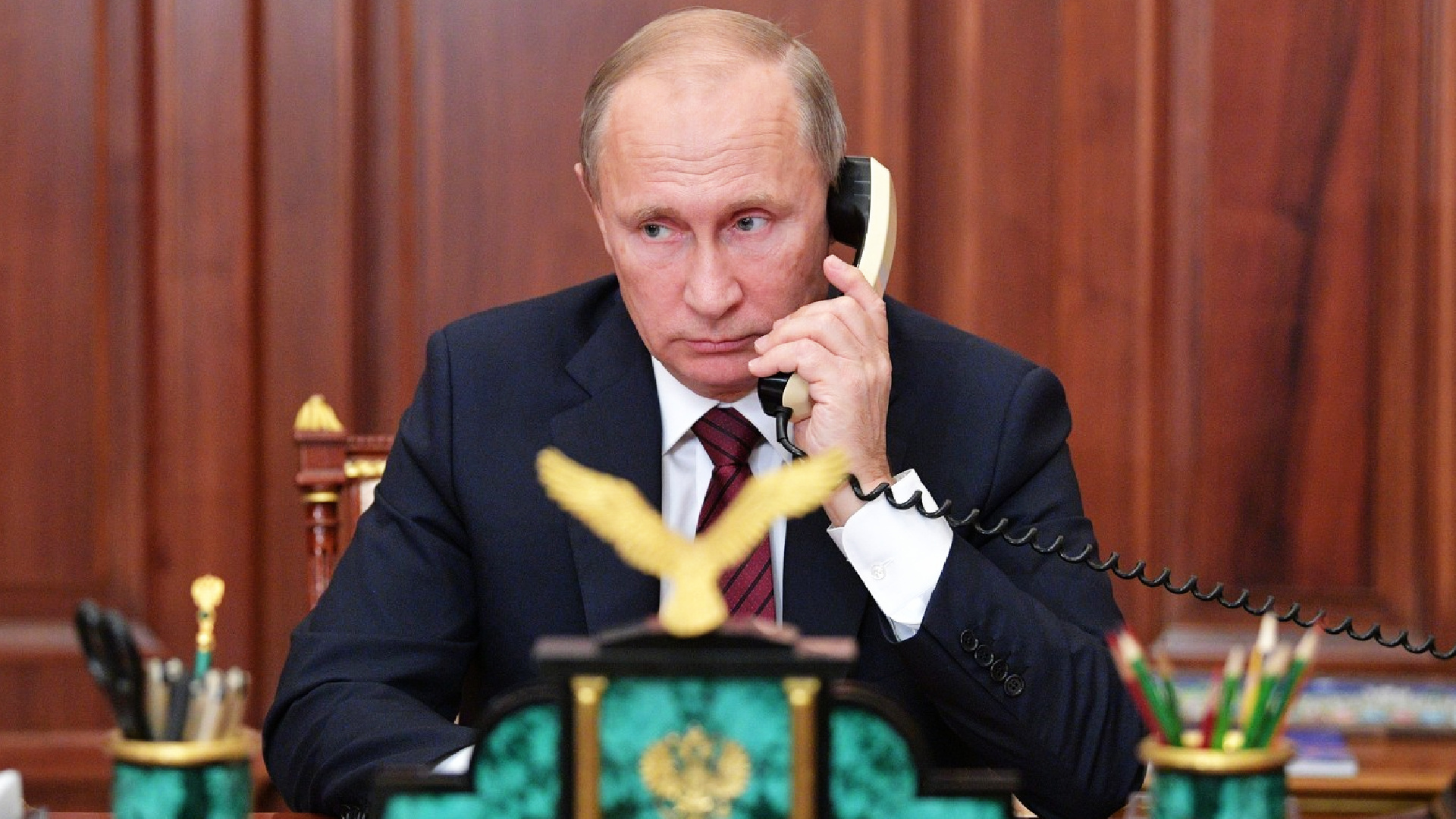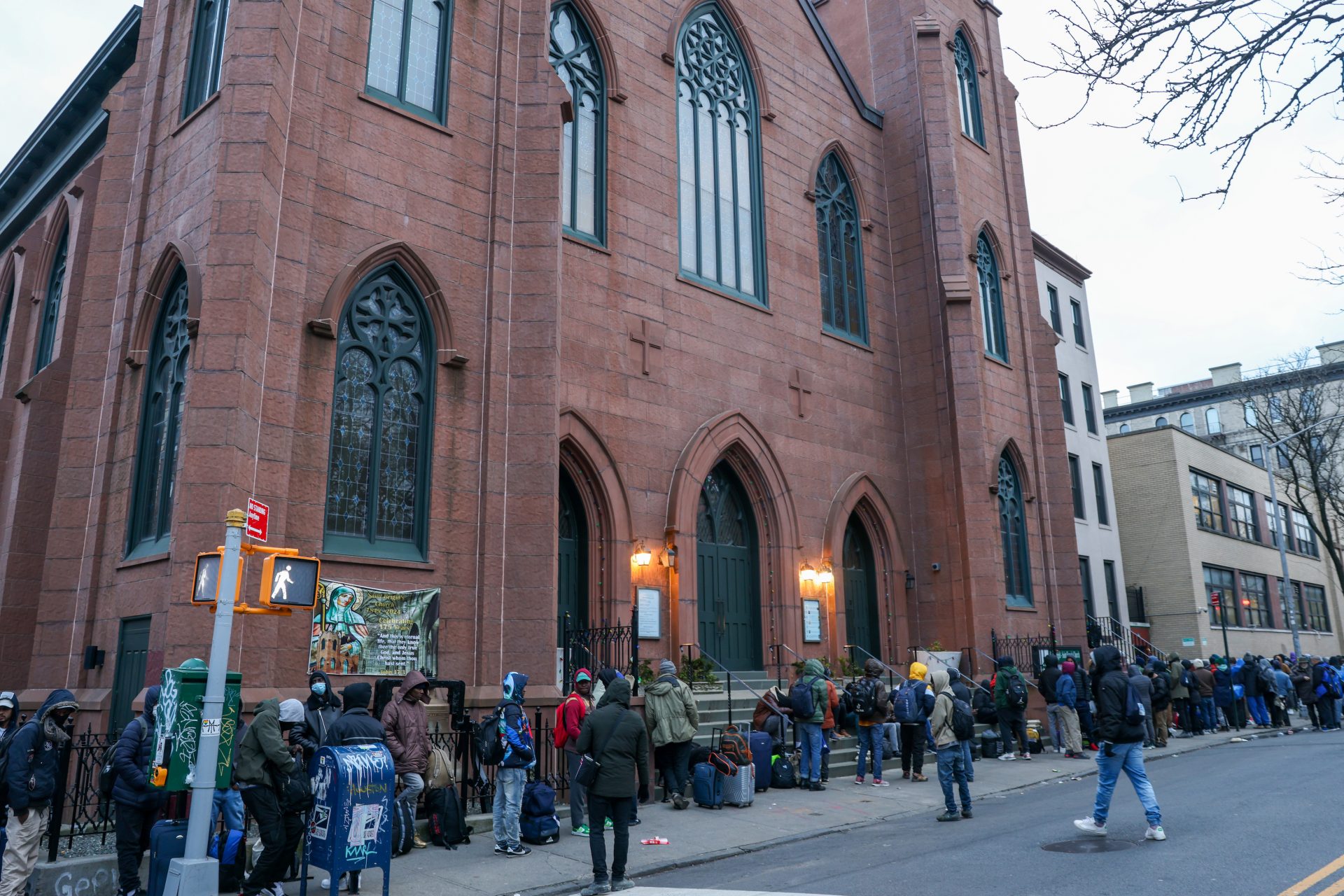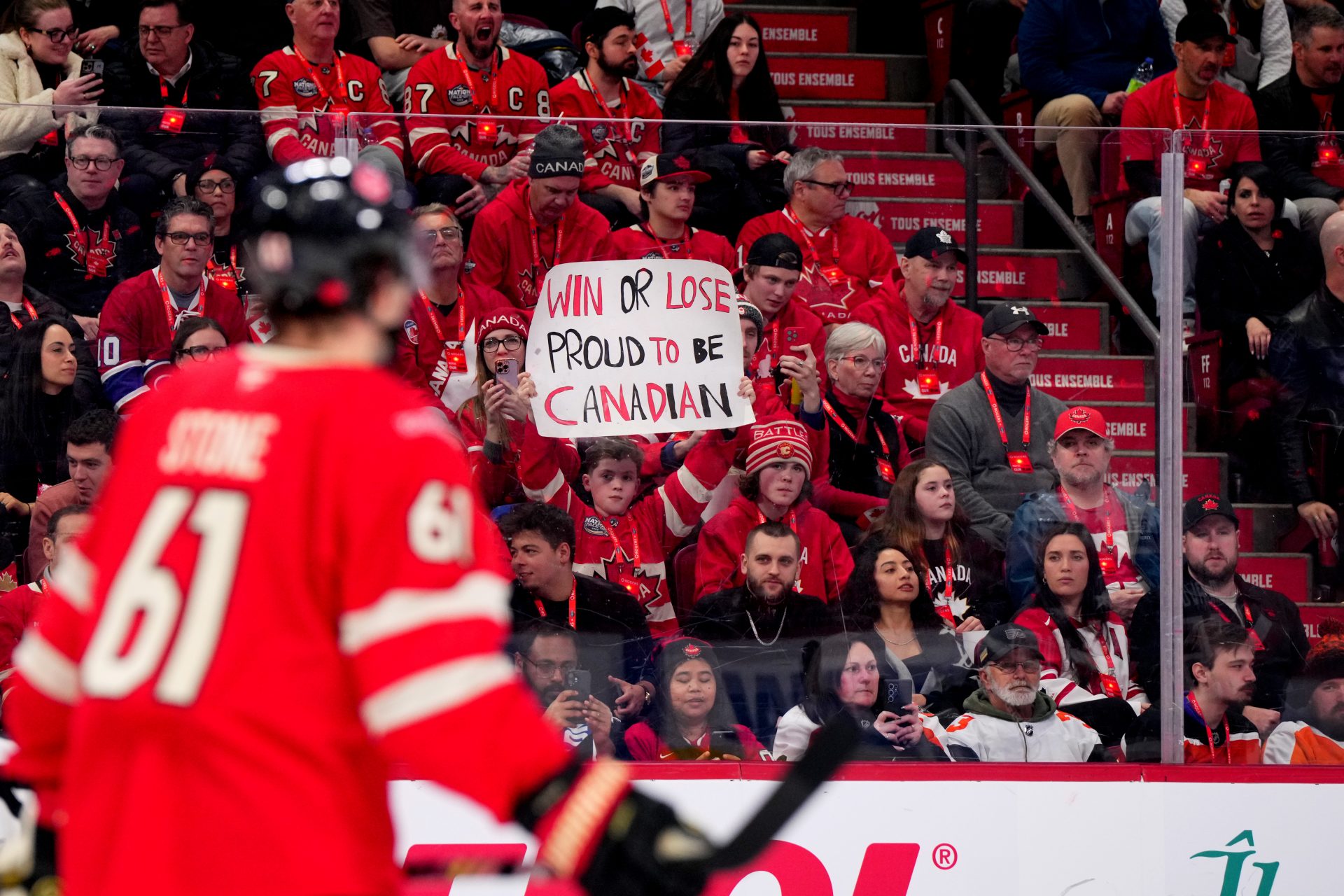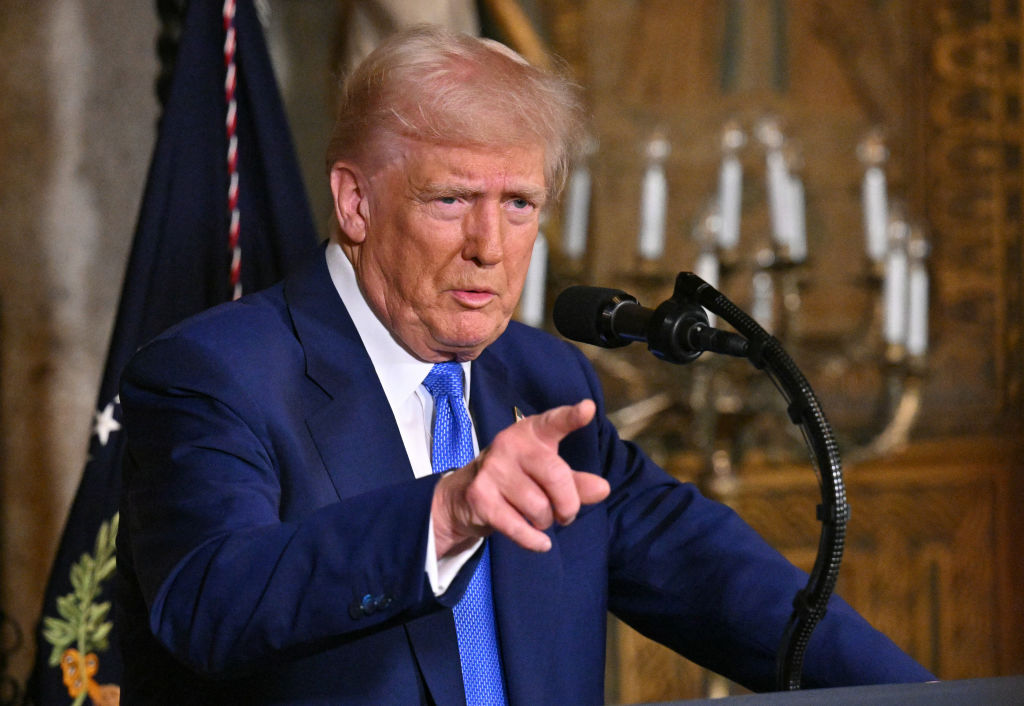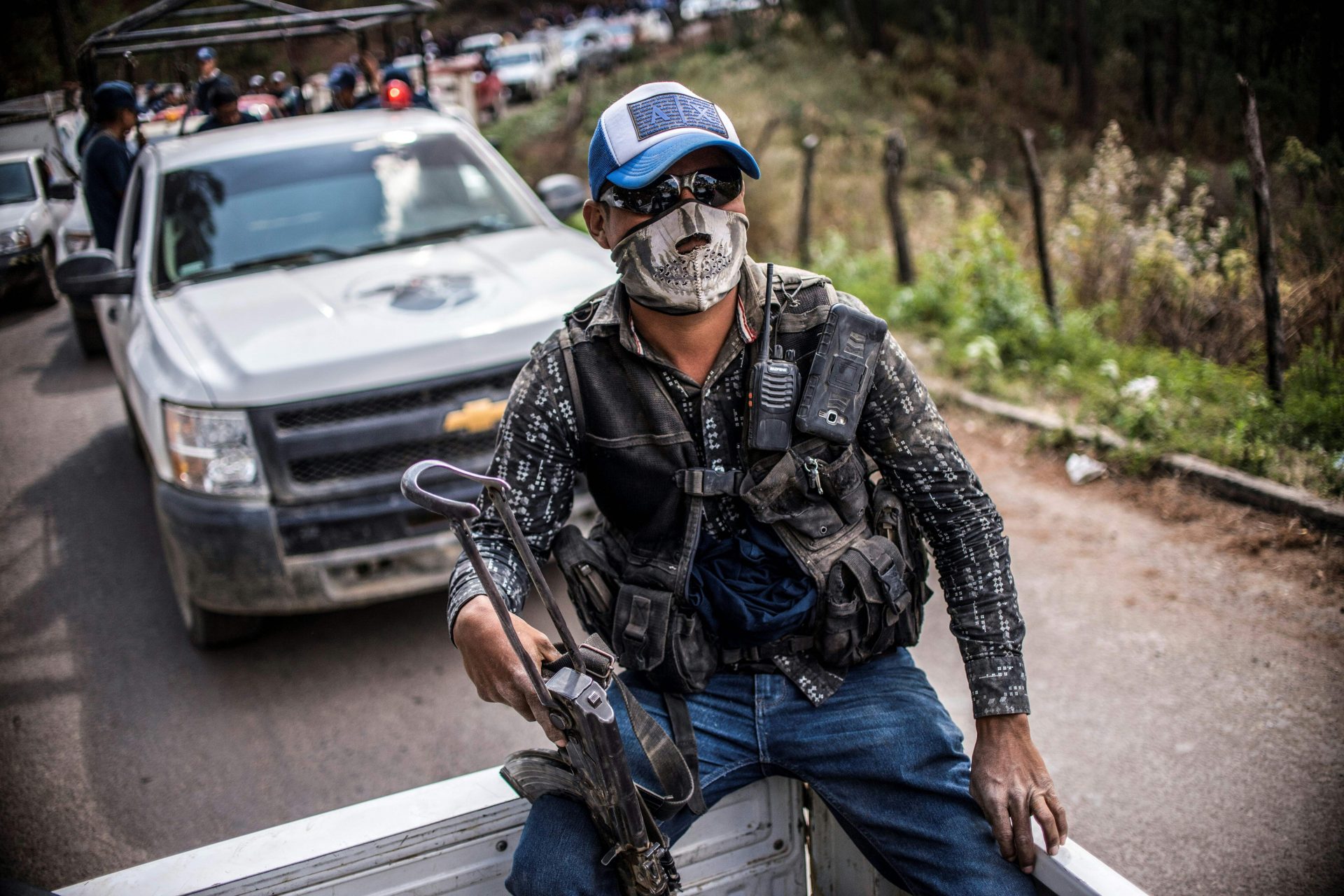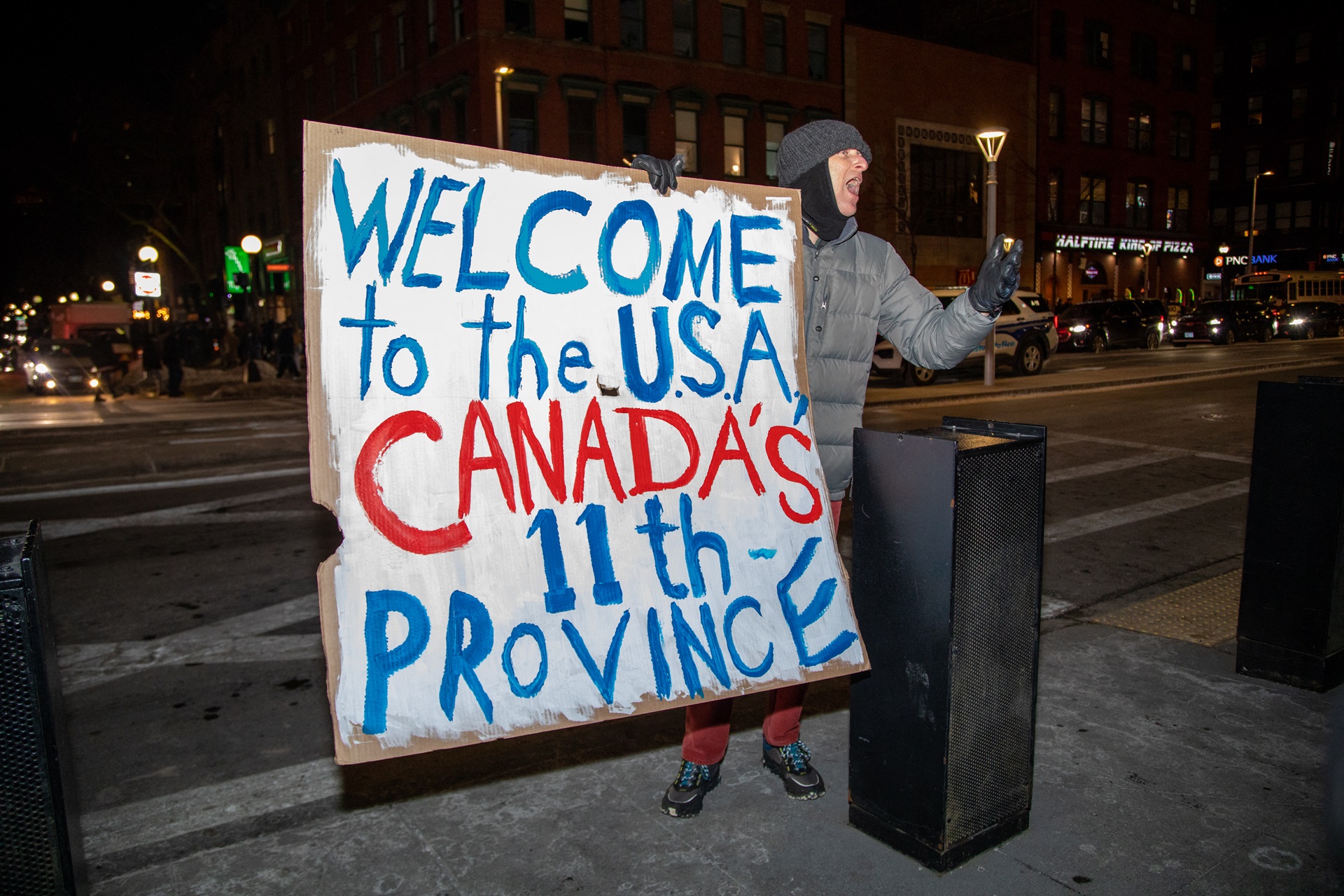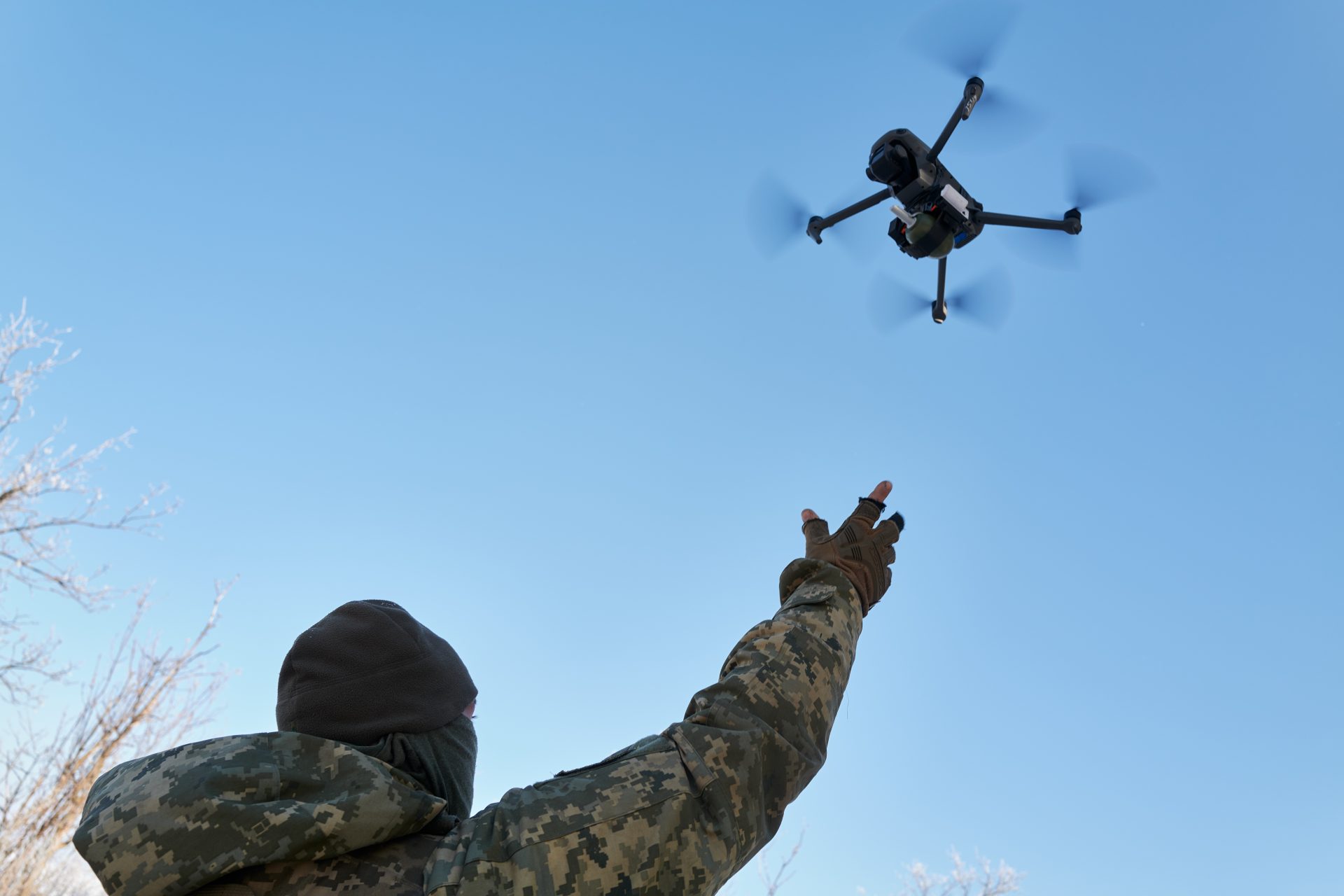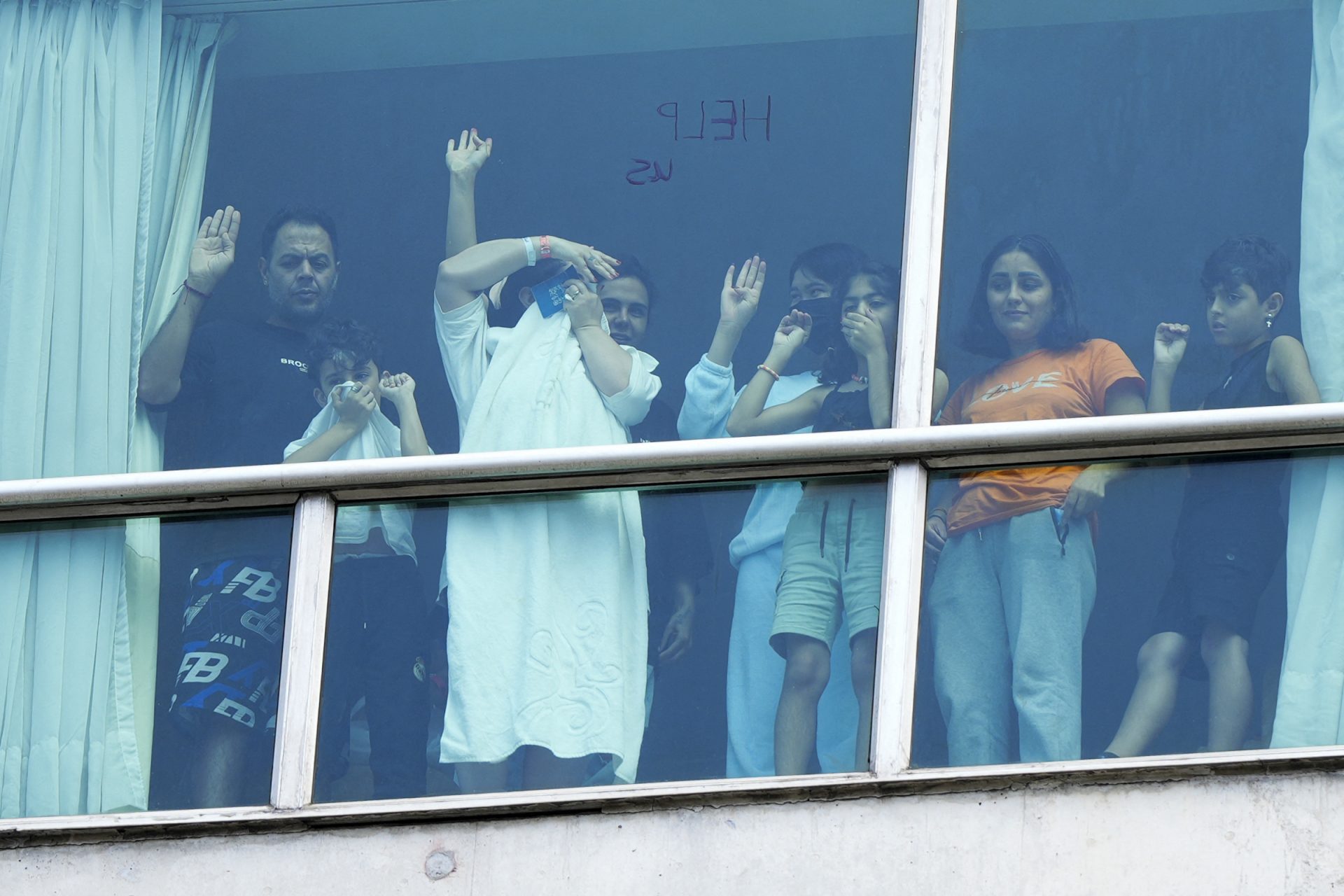The Red Telephone: the hotline between Moscow and Washington in case of nuclear war
You may not have realized it but Presidents Vladimir Putin of Russia and Joe Biden of the United States maintain a direct line of communication, to be used in case of a global nuclear emergency.
Have you ever heard of the "red telephone"? Well the so-called "red phone" is not exactly a phone. It is simply a direct thread by which the President of Russia and the President of the United States can communicate immediately, without any delay.
It was created in case of a nuclear crisis and to avoid a catastrophe that, in the 1960s, was on the verge of disappearing.
The Jimmy Carter Museum has a red phone on exhibition, a telephone without any numbers. However, it is merely a prop. In July 1963 the United States sent four sets of teleprinters to Moscow for the terminal there. Then, one month later the Soviet sent four sets of East German teleprinters to Washington. By August 30, 1963 the hotline set-up was in working order.
Photo credit: The Jimmy Carter Musuem and Library
In 1962, with John Fitzgerald Kennedy as president of the United States and Nikita Khrushchev as the top leader of the Soviet Union, the so-called "missile crisis" was triggered. The USSR wanted to place nuclear weapons on Cuban territory, and the United States considered it an unacceptable threat.
Those were days when the world really was on the brink of nuclear catastrophe. A critical moment is often cited: a Russian message that lowered the tension and was sent, by the usual route (express mail, diplomatic bag), from Moscow to Washington. It took hours to arrive and be translated. According to books such as 'Nuclear Folly' by Serhii Plokhy (Ukrainian historian at Harvard University), there were incidents between Soviet and US forces that could have caused an atomic war in that great period of uncertainty.
So, once the "missile crisis" was over, when the USSR stopped placing nuclear weapons in Fidel Castro's Cuba, the decision was made to incorporate a line of communication that allowed direct urgent dialogue between the most powerful on the planet.
In the image, Khrushchev with Jackie Kennedy during an international summit in Vienna.
The original teletype hotline had a cable that linked Washington DC and Moscow following a very long itinerary: Washington DC - London - Copenhagen - Stockholm - Helsinki - Moscow. There was a working radio link between Washington DC and Moscow with an antenna midway in Tangier as a backup.
The red teletype line was modernized, and in the 70s, satellite communication was incorporated. And in the 80s, the new fax took over, which seemed like state-of-the-art technology at the time.
It is a mystery if this direct line has ever been used. In Wikipedia, it is mentioned that this device was used in the Six-Day War (1967) between Arabs and Israelis, in the Indo-Pakistani war (1971), in the Yonki-Pur war (1973), again between Arabs and Israelis, and in the invasion of Afghanistan (1978) by the Soviet Union.
After the Cold War and after the dissolution of the Soviet Union, who was going to pick up the red telephone on the other side? It soon became clear that Russia would continue to be a superpower, so the line of communication between leaders was maintained.
In the image, Mikhail Gorbachev and Ronald Reagan signing the Reykjavík Agreements in 1986 (for the -very partial- disarmament of both nuclear powers).
The truth is that the red telephone is the last resort and, if it has to be used, the conflict has become dramatically more complicated. It is the foreign ministers who, in the event of war, have to see each other and resolve the dispute before the leaders have to personally take on such a sensitive conversation.
And what is the current red telephone? There are no details about it, but the current communication thread between Washington DC and Moscow has to be digital, encrypted, and absolutely impossible to hack or block.
There are other "red phones" in the world. Of course, they are held by other nations with nuclear arms that could cause a serious conflict. China maintains a direct channel between its president, Xi Jinping (in the image), and Joe Biden.
There is also a "hotline" between India and Pakistan. Nations with nuclear powers are always in a difficult diplomatic balance. In the image is the Indo-Pakistani border.
The possibility of a nuclear war unleashed by a series of absurd chances and the warmongering of certain agents within the US government was the subject of Stanley Kubrick's satire entitled 'Dr. Strangelove or: How I Learned to Stop Worrying and Love the Bomb' (1964). The red telephone, in this case, did not work.
It is a very dark comedy that is surprising for being filmed just a couple of years after the "missile crisis" that terrified the United States. And, in a way, a justification for the existence of a "hotline" through which the leaders of the nuclear superpowers could speak outside the pressure of their "military hawks".
The best thing that can happen is that the ringing of the "red telephone" will never be heard in Moscow or Washington DC. Because that would mean that the world is in the worst possible situation.
Never miss a story! Click here to follow The Daily Digest.
More for you
Top Stories



